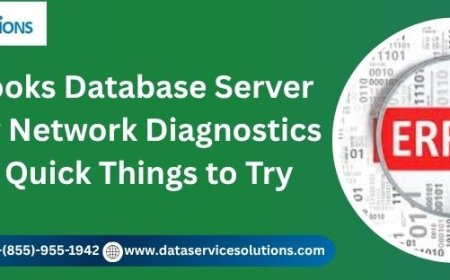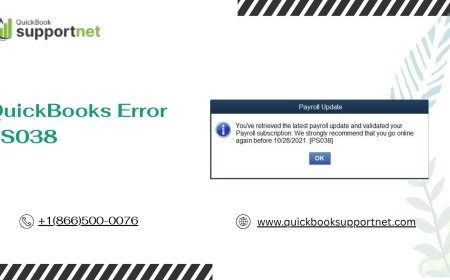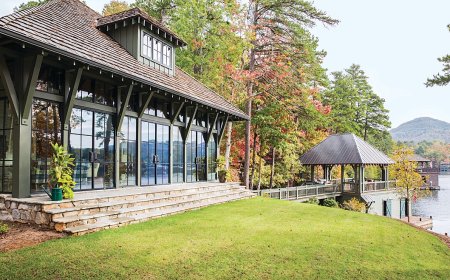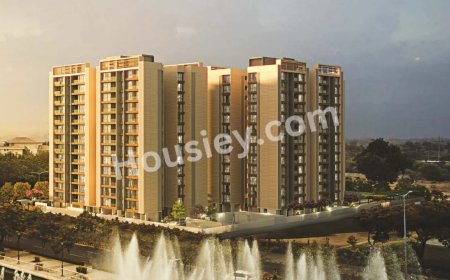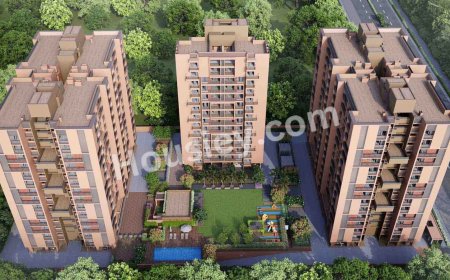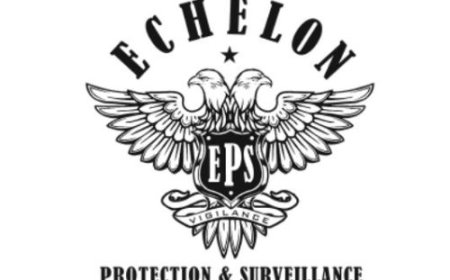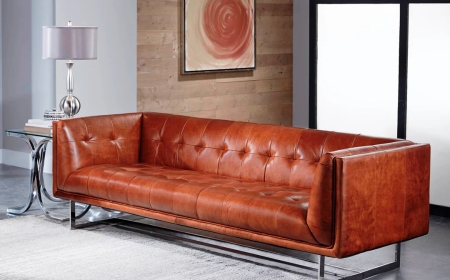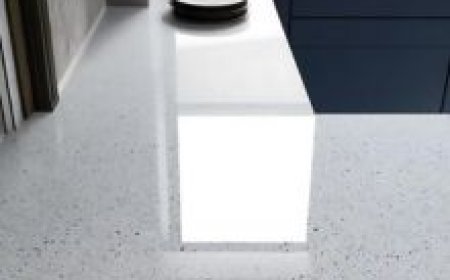Selecting Sound Attenuators for Critical Infrastructure: Data Centers, Hospitals & Labs
Learn how to select sound attenuators for critical environments like data centers, hospitals, and labs to ensure performance, silence, and system efficiency.

In critical environments such as data centers, hospitals, and laboratories, maintaining silence, system integrity, and air quality is non-negotiable. Sound attenuators play a vital role in these specialized spaces by reducing mechanical noise without compromising airflow, thermal performance, or hygiene.
Whether you're an HVAC engineer, facility manager, or infrastructure planner, understanding how to choose the right sound attenuators is crucial to ensuring operational reliability, acoustic comfort, and compliance with industry standards.
Why Critical Infrastructure Demands Acoustic Precision
What Defines Critical Infrastructure?
Critical infrastructure refers to facilities where uninterrupted operations and environmental stability are essentialany malfunction or discomfort can have serious consequences. These include:
-
Data centers, where electronic equipment is sensitive to vibration and airflow inconsistencies.
-
Hospitals, where quiet environments support healing and concentration.
-
Laboratories, where acoustic stability is necessary for research integrity and focus.
In all of these environments, excessive HVAC noise can negatively impact equipment, patient outcomes, or productivity.
Understanding the Role of Sound Attenuators
What Are Sound Attenuators?
Sound attenuators, or silencers, are duct components that reduce noise generated by HVAC systems, including fans, air turbulence, and mechanical vibrations. They are typically installed within ductwork to absorb, deflect, or dissipate sound energy, ensuring quieter airflow without severely impacting system performance.
Key Benefits in High-Sensitivity Zones
-
Reduced airborne noise transmission
-
Better compliance with acoustic standards
-
Improved occupant or equipment performance
-
Increased HVAC system efficiency through tailored pressure drop management
Unique Acoustic Challenges in Critical Facilities
1. Data Centers: Equipment Sensitivity and Constant Operation
-
Problem: Servers and networking equipment run continuously and are sensitive to both noise and airflow fluctuations.
-
Need: Low-vibration, low-pressure-drop attenuators that wont disrupt thermal load management.
-
Solution: Select attenuators with optimized internal baffles that maintain consistent air velocity while minimizing acoustic disturbance.
2. Hospitals: Quiet Zones and Hygiene Standards
-
Problem: Patient recovery, diagnostics, and operations require extremely low noise levels.
-
Need: Attenuators that achieve high noise reduction (low NC ratings) without increasing contamination risk.
-
Solution: Look for cleanable attenuator designs with antimicrobial materials and smooth interiors for infection control.
3. Laboratories: Focus, Accuracy, and Air Quality
-
Problem: Researchers and lab instruments require controlled acoustics and air purity.
-
Need: Noise control with minimal impact on airflow quality and laminar flow zones.
-
Solution: Choose attenuators designed for high performance in cleanroom or HEPA-compatible systems.
Factors to Consider When Selecting Sound Attenuators
1. Insertion Loss Requirements
Insertion loss is a measure of how much sound is reduced as it passes through the attenuator. Critical spaces may demand higher insertion loss, especially in low-frequency ranges (e.g., 125500 Hz), which are harder to control.
Advice: To ascertain the attenuation requirements unique to your space, apply octave-band analysis.
2. Static Pressure and Energy Efficiency
In environments where systems operate 24/7, excessive pressure drop can increase energy consumption and reduce cooling efficiency.
Solution: Select attenuators with low-resistance airflow paths. During specification, request performance curves and pressure-drop data.
3. Space Constraints and Duct Configurations
Tight mechanical rooms or complex duct layouts may limit attenuator size or installation angles.
Recommendation: Consider custom-fit attenuators or split-section designs for constrained spaces without sacrificing performance.
4. Fire and Smoke Compliance
In hospitals and labs, HVAC systems often traverse fire-rated zones. Attenuators must comply with local fire safety codes and may require integration with fire dampers.
Look For: Attenuators with non-combustible internal materials and certifications as per regional codes.
5. Maintenance and Hygiene Requirements
Critical infrastructure facilities, particularly healthcare and laboratory spaces, require HVAC components that are easy to inspect, clean, and maintain.
Best Practice: Choose attenuators with:
-
Removable access panels
-
Microbial-resistant liners
-
Smooth surfaces that resist particle buildup
Installation and Lifecycle Considerations
Correct Placement
Installing attenuators too close to fans or bends can reduce effectiveness. Maintain adequate straight duct lengths before and after the unit for optimal noise reduction.
Sealing and Insulation
Proper sealing ensures no air leakage or sound bypass. Poorly insulated joints can cause breakout noise and reduce overall effectiveness.
Long-Term Performance Monitoring
Include attenuators in your preventive maintenance schedule. Over time, dust and debris can reduce acoustic absorption, especially in high-load environments.
Partnering with Acoustic Experts
While standard attenuators may work for generic systems, critical infrastructure demands precision. Engage with acoustic consultants or HVAC designers early in the project to:
-
Conduct pre-installation acoustic modeling
-
Match attenuators with system airflow and thermal requirements
-
Avoid over- or under-engineering the solution
Conclusion
In critical environments like data centers, hospitals, and laboratories, the cost of ignoring noise control can be highranging from data loss to patient discomfort or compromised research. Sound attenuators, when properly selected and integrated, ensure that HVAC systems supportnot disruptthe sensitive operations of these facilities.
For B2B decision-makers, the right attenuator isn't just about noise controlit's about operational excellence, compliance, and long-term system resilience. By understanding the specific acoustic and functional needs of each space, you can select sound attenuators that truly enhance performance.









